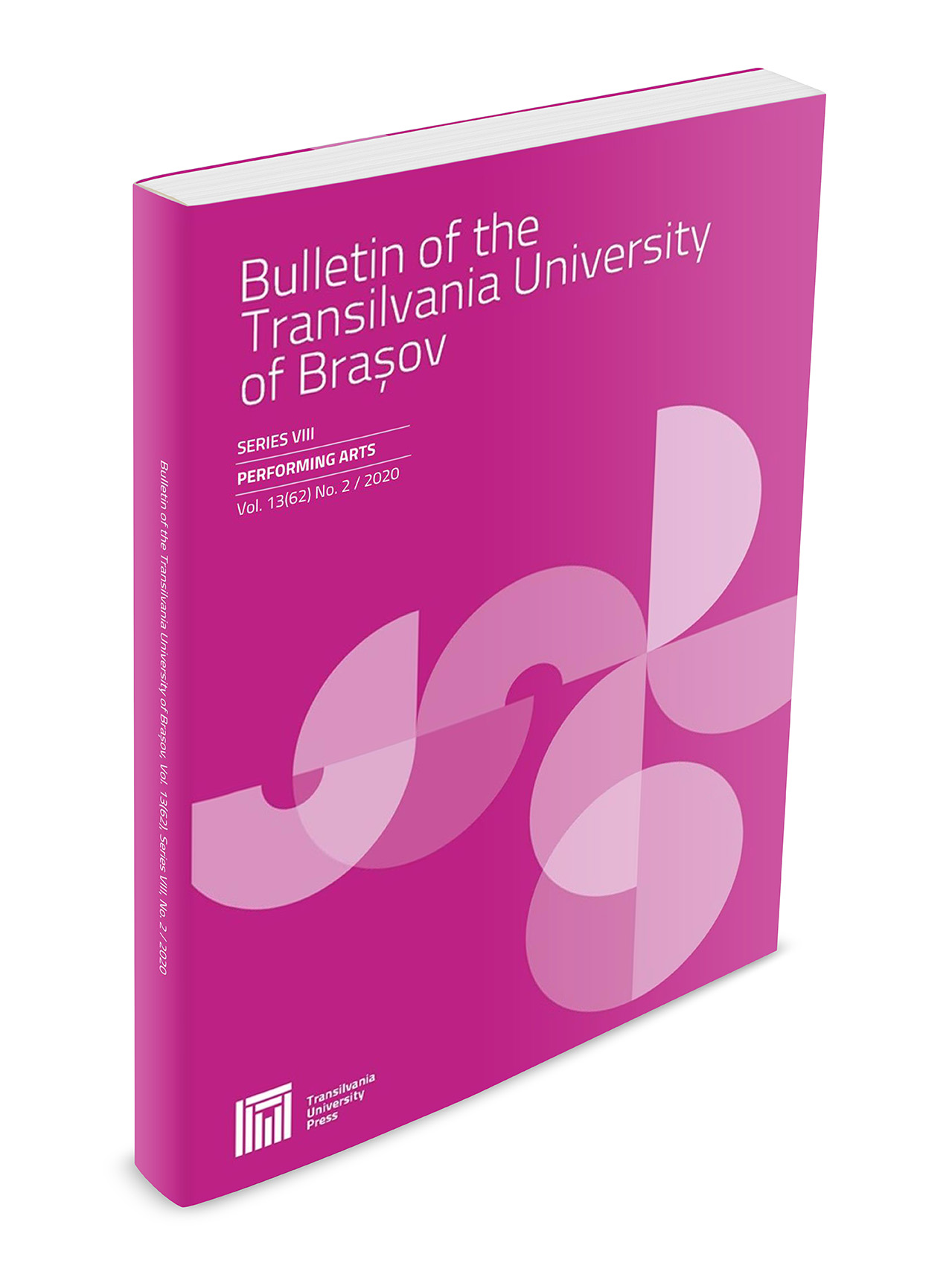Vocal Ornamentation in the 18th century - Tosi and Mancini, first Theorists of Bel Canto
DOI:
https://doi.org/10.31926/but.pa.2021.14.63.3.2Keywords:
Messa di voce, Appoggiatura, Volatina, Arpeggiatto, ScalettoAbstract
In a time of change, the two great vocal singing theorists, Tosi and Mancini, wrote their theoretical papers with the stated aim of clarifying for both students and their tutors what they considered to be good landmarks in that era. Too much freedom in ornamentation, through an abusive and discretionary use, highlighted more the virtuosity of the singers than the melodic line in the context of words and music. Thus, forced by circumstances, the two authors tried to develop, in the 18th century, a methodology capable of balancing freedom of expression with theoretical rigor. Their effort was directed towards collecting and organizing the data available at the time about the mechanics and theory of ornamentation applicable to the principles and rules of harmony, while supporting freedom of expression and variety of inventiveness and having as sole purpose the beauty of sounds harmoniously intertwined with expression. They evaluated and criticized their contemporaries, highlighting both the defects and abuses of vocal performances, considering as the only point of reference the balance of expression subordinated to the fundamental elements of vocal precepts considered at that time true axioms. They generously offered their knowledge and science with the ultimate goal of creating a vocal show based on balance, beauty and spontaneity.Downloads
Published
Issue
Section
License
Copyright (c) 2021 Bulletin of the Transilvania University of Braşov. Series VIII: Performing Arts

This work is licensed under a Creative Commons Attribution 4.0 International License.




